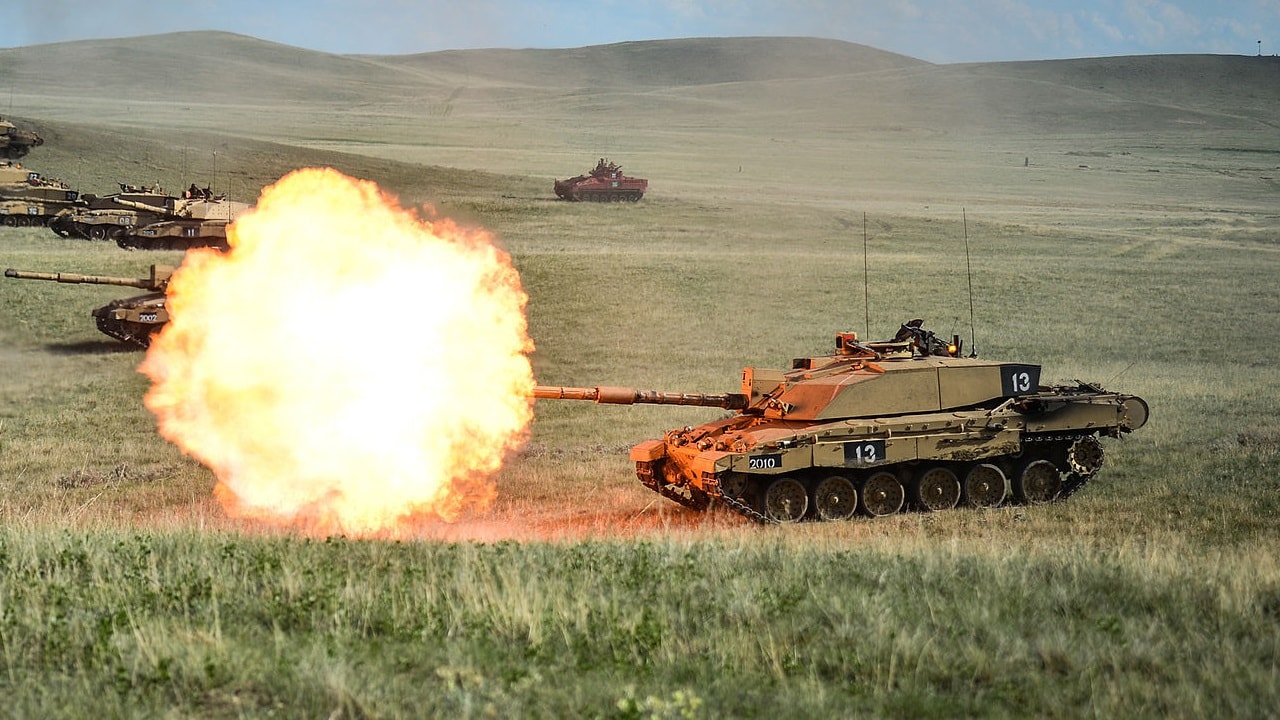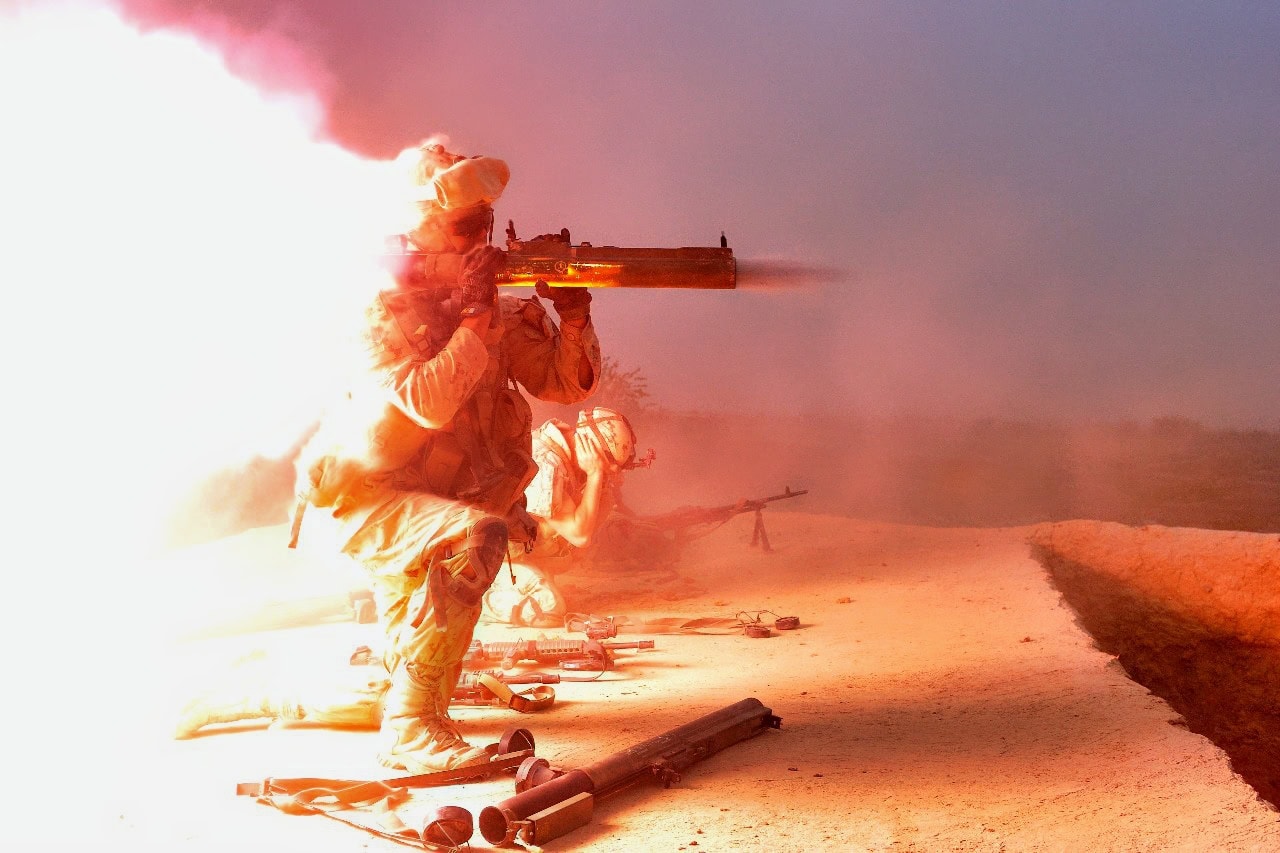Key Points and Summary: Canada’s defense strategy is increasingly misaligned with its geographic realities, leaving critical vulnerabilities in the Arctic, North Pacific, and North Atlantic.
-Challenges like Russia’s Arctic militarization, China’s Pacific assertiveness, and shifting NATO priorities demand decisive action.
-While plans for new submarines and NORAD modernization show potential, Canada’s underfunded military and inefficient procurement system hinder progress.
-Ottawa must focus on securing its northern sovereignty through pragmatic investments in infrastructure, surveillance, and force projection capabilities.
-Avoiding overextension and prioritizing core interests will be essential for Canada to remain a credible security actor in its own neighborhood.
From the Arctic to the Pacific: Canada’s Military Challenges
Canada’s defense and security posture is increasingly misaligned with the geopolitical realities of its own neighborhood. As a North Pacific, Arctic, and North Atlantic power, Canada faces mounting challenges from adversaries who are expanding their military and economic influence in these critical regions.
Yet, Ottawa remains distracted by ill-defined global engagements and half-measures on defense investment. The Trudeau government’s recent pledges to increase military spending remain vague, and absent a major course correction, Canada risks becoming a marginal security actor even in its own backyard. A coherent grand strategy must focus on securing vital interests through pragmatic military investments and disciplined regional priorities.
For too long, Canada has allowed external pressures and political inertia to dictate its defense policy. The country’s primary security threats are not abstract but tangible—Russia’s militarization of the Arctic, China’s assertiveness in the North Pacific, and NATO’s shifting burden-sharing dynamics all demand a response rooted in Canada’s core geographic imperatives.
Instead of pursuing an overextended defense posture, Canada must concentrate its limited resources on deterring near-term threats where its sovereignty is directly at stake.
Despite repeated commitments to NATO’s 2 percent GDP spending target, Canada continues to underfund its armed forces. The Canadian Armed Forces (CAF) are beset by severe recruitment deficits, outdated equipment, and a procurement system that has long been synonymous with inefficiency.
The proposed acquisition of up to 12 new submarines suggests an overdue recognition of the importance of undersea capabilities, particularly in the Arctic and North Pacific. However, a history of procurement mismanagement raises doubts about execution. To ensure credibility, Canada must streamline its defense acquisition processes and commit sustained funding beyond rhetorical promises.
Canada’s Arctic security remains a glaring vulnerability. With minimal deepwater ports, an inadequate icebreaker fleet, and insufficient surveillance capabilities, Canada is ill-prepared to protect its northernmost territory.
Arctic sovereignty is not merely an abstract concern; it is a tangible national interest that requires immediate investment in infrastructure and force projection capabilities. A failure to do so will leave Canada unable to counter increasing foreign activity in its northern waters.
Strengthening defense cooperation with the United States through NORAD modernization is crucial, but Canada must also take unilateral steps to enhance its regional deterrence.
Canada’s participation in alliances must also be reassessed through a realist lens. While NATO remains an essential security framework, Ottawa must resist unnecessary entanglements that distract from its immediate security needs.
Calls for Canada to join AUKUS, particularly its technology-sharing pillar, merit careful scrutiny. While integrating into high-tech defense networks is desirable, Canada must ensure that its participation does not come at the cost of focusing on its core defense responsibilities in the Arctic and North Atlantic.

A Challenger 2 Main Battle Tank of the Royal Welsh Battle Group on Exercise Prairie Storm at the British Army Training Unit Suffield (BATUS) in Canada.
Instead of stretching itself thin in distant regions, Canada should deepen bilateral and trilateral security arrangements with the United States, the United Kingdom, and key Arctic allies such as Norway and Denmark.
Canada’s strategic challenge is not merely a question of resources but of political will. The gap between its security environment and its policy responses is widening, and failure to act will have lasting consequences for its sovereignty and credibility.
The solution lies in disciplined prioritization: meeting NATO commitments not as an end in itself, but as a means to reinforce its own defense, investing in capabilities that directly serve its national security interests, and adopting a strategy that is focused on the Arctic, North Pacific, and North Atlantic. The time for half-measures has passed—Canada must act decisively to secure its future.
About the Author: Andrew Latham
Andrew Latham is a non-resident fellow at Defense Priorities and a professor of international relations and political theory at Macalester College in Saint Paul, MN. Andrew is now a Contributing Editor to 19FortyFive.

